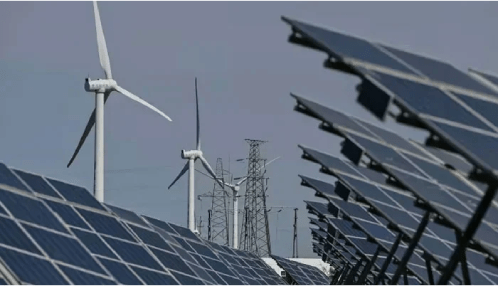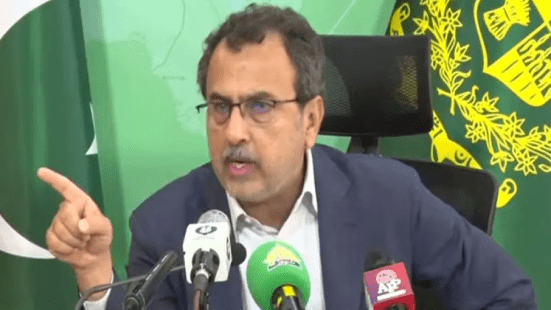KARACHI (July 25): The Thar Coal Energy Board in its 25th meeting held under the chairmanship of Sindh Chief Minister Syed Murad Ali Shah approved a levelized tariff of $ 37.36 per ton for the Financial Close stage petition for 7.8 million tons per annum of Block-I and a levelized tariff of $ 30.40 per ton for Contract stage petition for 11.2 million tons per annum of Block-II .
The meeting was held at CM House and was attended by Federal Planning Minister Mr. Ahsan Iqbal (through video link) Energy Minister Mr. Imtiaz Sheikh, Minister Mines & Mineral Mr. Shabbir Bijara, Minister Education Sardar Shah, Advisor Law Murtaza Wahab, Secretary Energy Abubakr Madani, MD Thar Coal Energy Board Khadim Hussain Channa and other concerned officers.
Minister Energy Imtiaz Shaikh briefing the chief minister regarding the progress of SECMC and SSRL mines operating in Thar Coalfields said that the mines were currently producing 15.4 million tons of coal per annum and were being primed to scale up to 19 million tons per annum over the next eighteen months if the board approved the proposal. The board approved the proposal.
The coal being produced from the mines is powering 2640 MW of electricity, energizing more than seven million households from Thar Coalfields. Moreover, power generated from the Thar Coalfields also has one of the lowest costs of power generation in the country.
It may also be noted here that power generated from Thar Coalfields is considerably cheaper than imported coal, while also providing greater energy security, and saving precious foreign exchange reserves for the country.
During the meeting, the management of Thar Coal Energy Board also briefed the Board regarding the Financial Close stage petition for extraction of 7.8 million tons per annum for Block-I of Thar Coalfields, as well as the Contract stage petition for extraction of 11.2 million tons per annum for Block-II of Thar Coalfields. During the presentation, it was highlighted that as the mines continue to scale up, the overall cost of production continues to decline largely due to the mines attaining economies of scale. As mines extract greater economies of scale, the coal tariff is expected to reduce further, which will also result in a reduction in electricity generation tariff from mine-mouth power plants located on Thar Coalfields.
The Board approved a levelized tariff of US$ 37.36 per ton for the Financial Close stage petition for 7.8 million tons per annum of Block-I of Thar Coalfields which is operated by Shanghai Electric, and a levelized tariff of $ 30.40 per ton for Contract stage petition for 11.2 million tons per annum of Block-II of Thar Coal Fields, which is operated by Sindh Engro Coal Mining Company.
It is to be noted that as the mines continue to increase production, the tariff will continue to reduce further. For the sake of comparison, when the first COD tariff was approved for Block-II of Thar Coalfields, the levelized tariff was US$ 47.92 per ton, which has considerably reduced at this stage as the mine continues to expand. The Chairman TCEB appreciated the efforts of TCEB management for the disposal of five (05) tariff petitions during last few months, as well as initiating stakeholder consultation sessions to expand the scope of Thar Coalfields to non-power uses. The stakeholder consultation session included representation from more than fifty industry experts, who provided valuable input regarding the direction that Thar Coalfields may take and how it can contribute positively to industrial growth in the country.
The Board also considered a proposal for making Thar Coal available for non-power uses and enabled a framework that would allow the existing, and any potential mining players to create a thriving and active market for Thar Coal, effectively enabling sales to various other industries, and not restricting the same to power uses only. This will also support the development of a market for Thar Coal and enable further expansion of mines. This will result in a reduction of power generation costs further, as the mines will continue to expand to cater to non-power uses.







